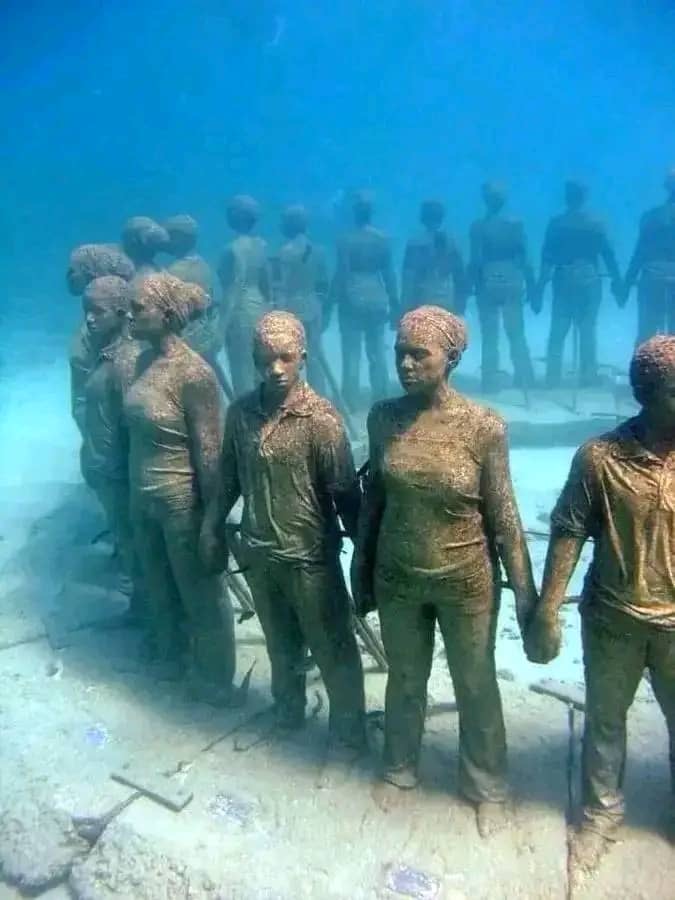How captured Igbo people chose mass suicide by drowning instead of submitting to slavery
In 1803, about 75 Igbo men, women, and children were purchased from slave ships and loaded onto a coastal vessel called The Schooner York (or The Morovia in some accounts), to be transported to plantations in Georgia.
During the journey, the Igbo captives revolted, overpowering the crew and temporarily taking control of the ship.
They eventually grounded the ship near Dunbar Creek on St. Simons Island.
READ ALSO: James Bartley: The young sailor who survived two days inside whale’s belly
Rather than submit to a life of enslavement, the Igbo people reportedly walked into the water, choosing death by drowning in the marshes and sea rather than a life in bondage.
Some accounts describe this act as a mass suicide to preserve cultural and historical significance.
The event has become a symbol of resistance and defiance against slavery.
READ ALSO: Why the elephant is transported with tiny chicks inside cage
It is preserved in African American folklore and oral tradition, sometimes referred to as the “myth of the flying Africans” — a story that spiritualizes their act as a return to Africa through flight or transcendence.
Igbo Landing has inspired numerous works of art, literature, and music, including in the works of Toni Morrison, Beyoncé (Lemonade), and in African-American spirituals.
The location is commemorated with historical markers and is considered sacred by many.
It serves as a poignant reminder of both the horrors of the transatlantic slave trade and the unbreakable spirit of those who resisted it.
Follow the Neptune Prime channel on WhatsApp:
Do you have breaking news, interview request, opinion, suggestion, or want your event covered? Email us at neptuneprime2233@gmail.com


